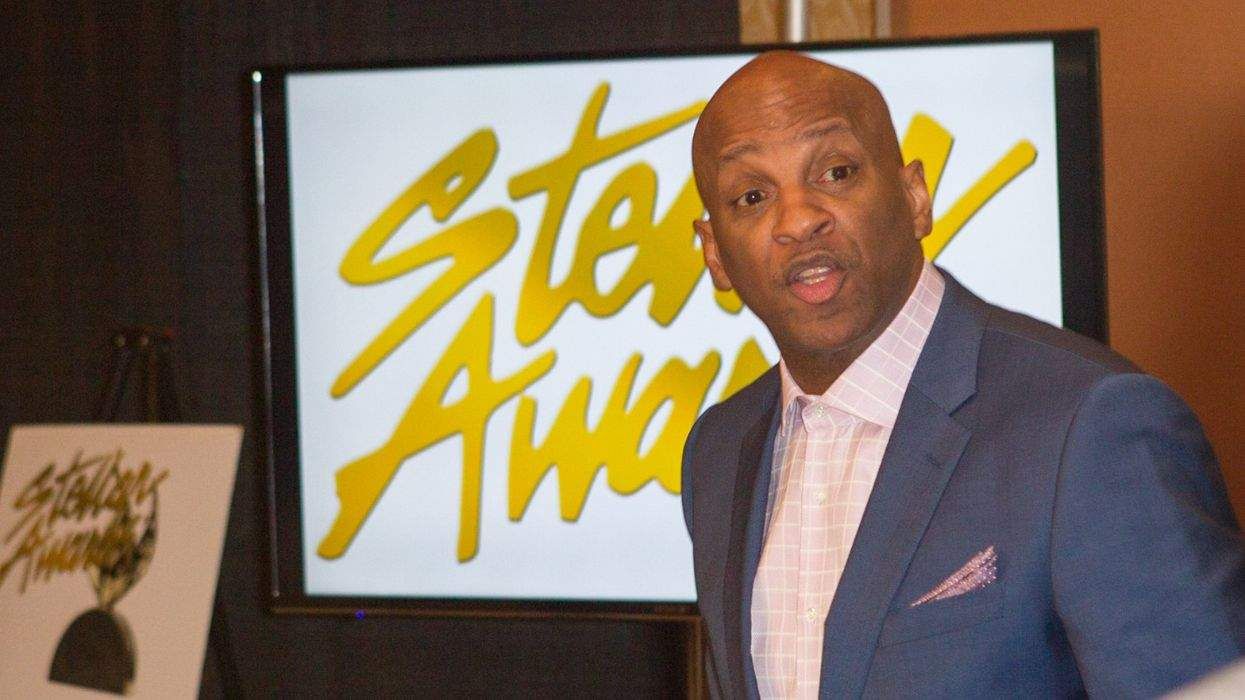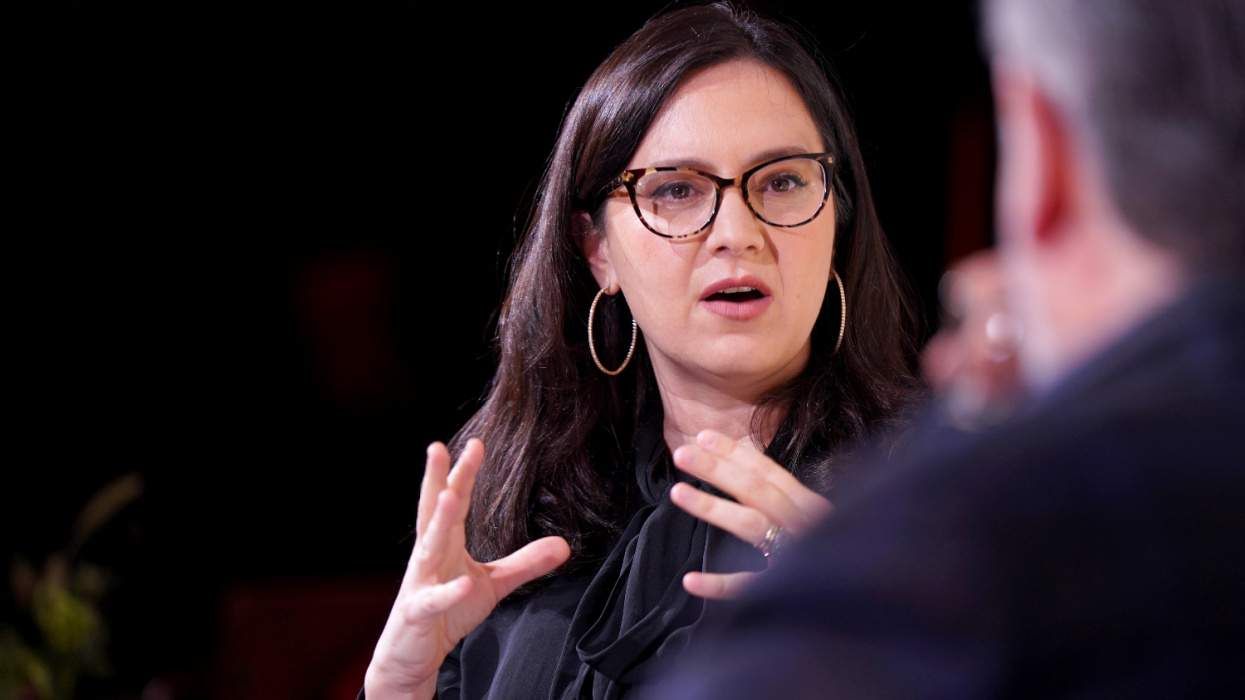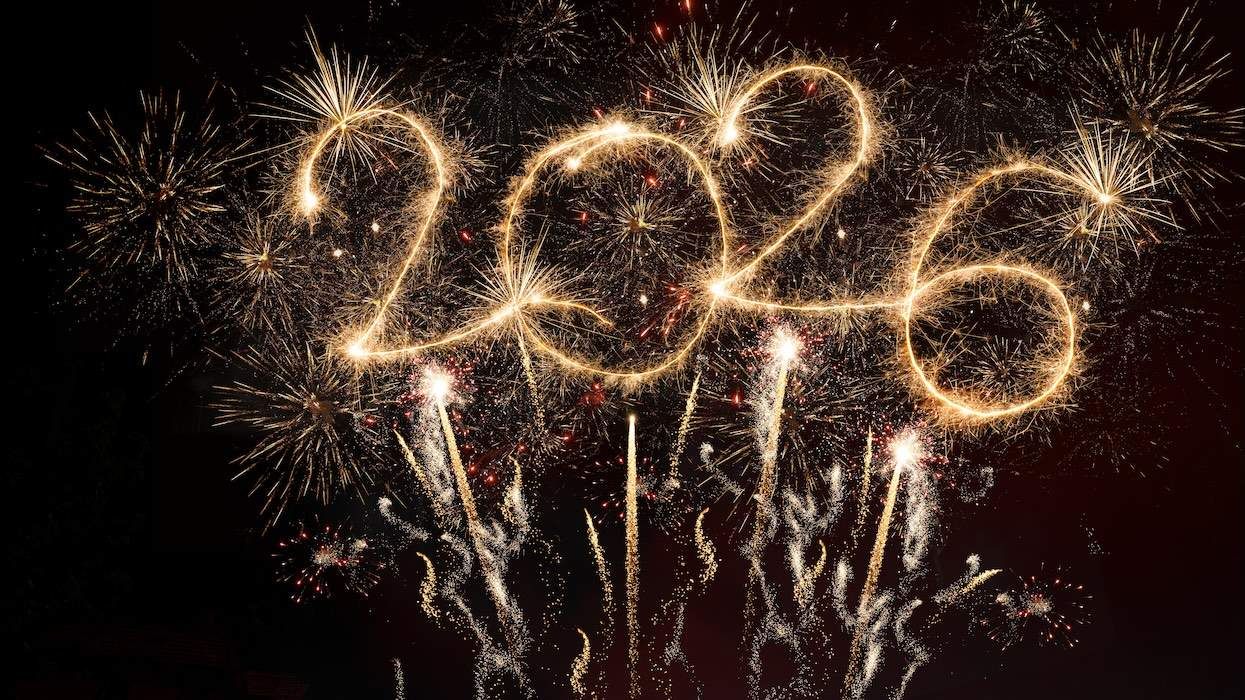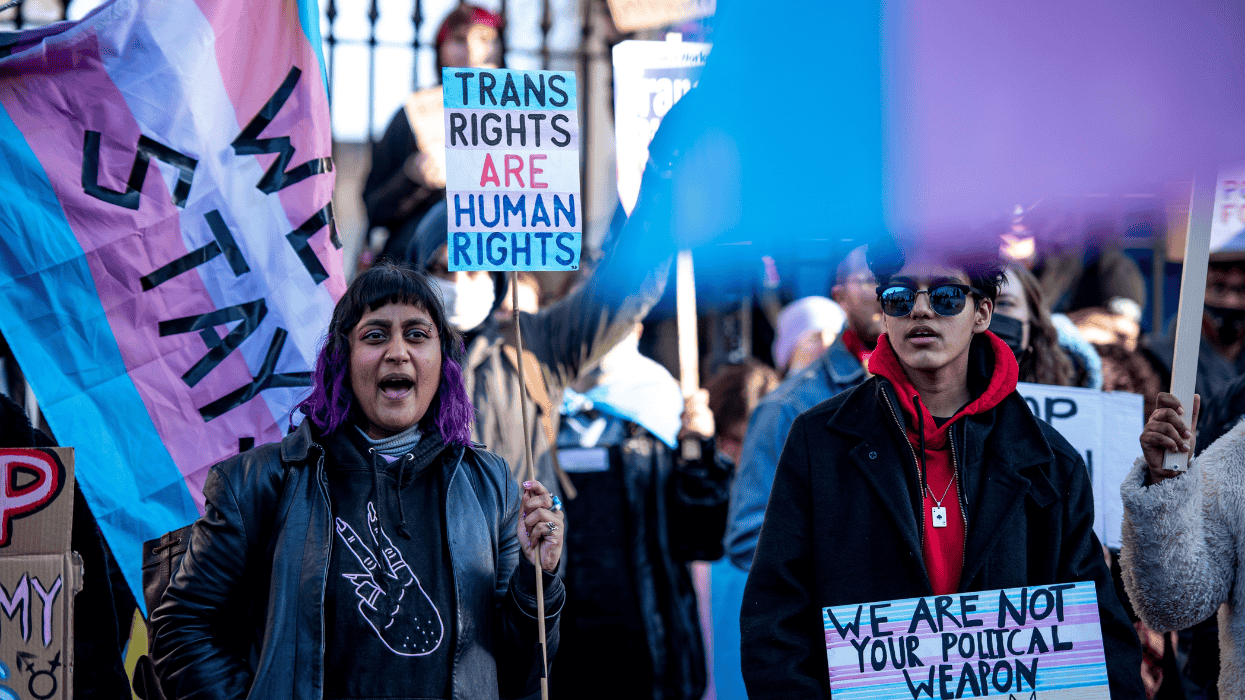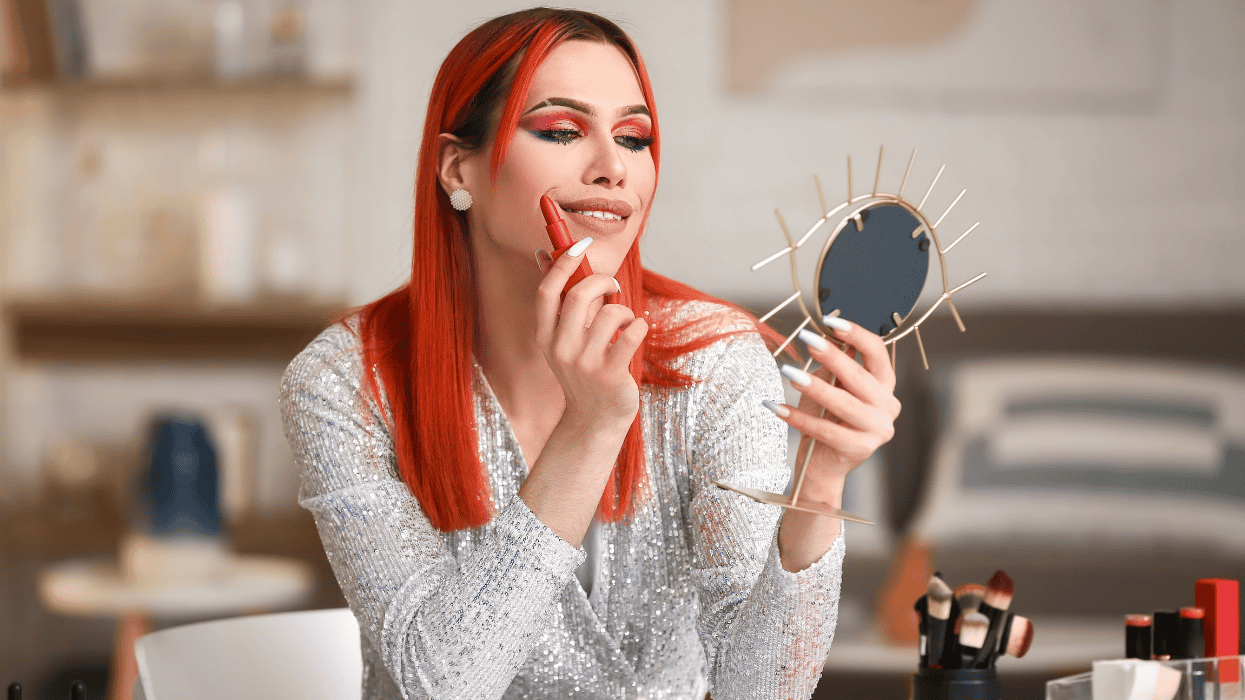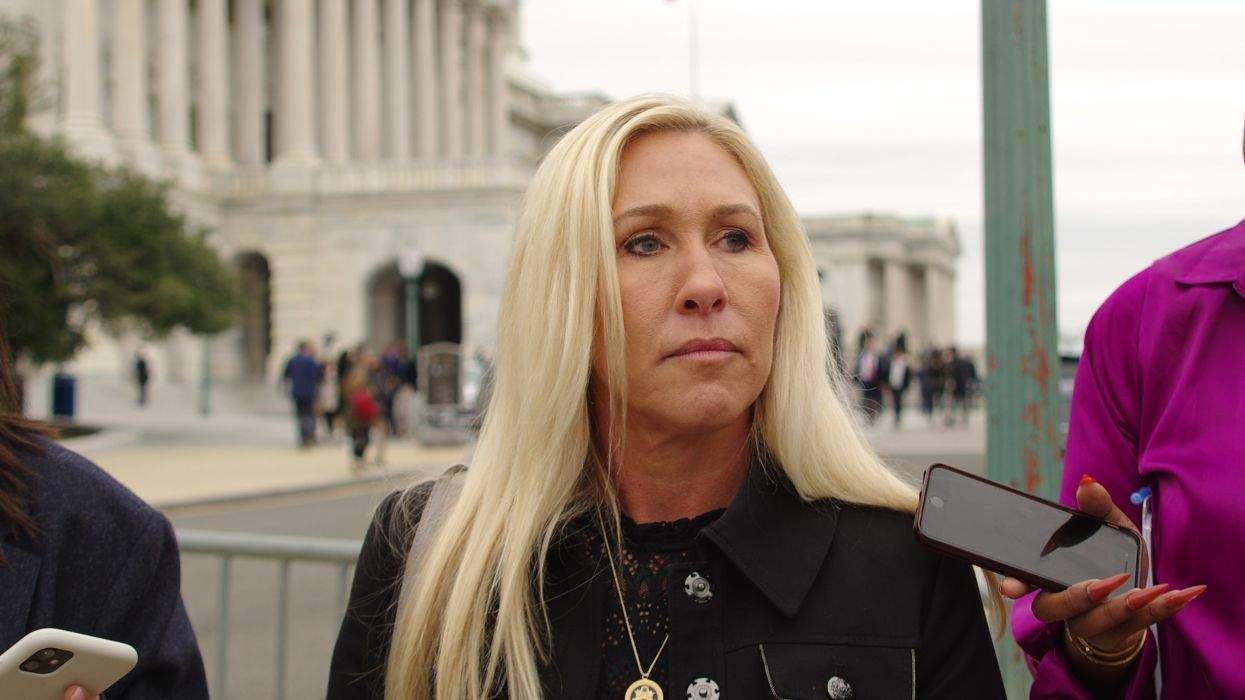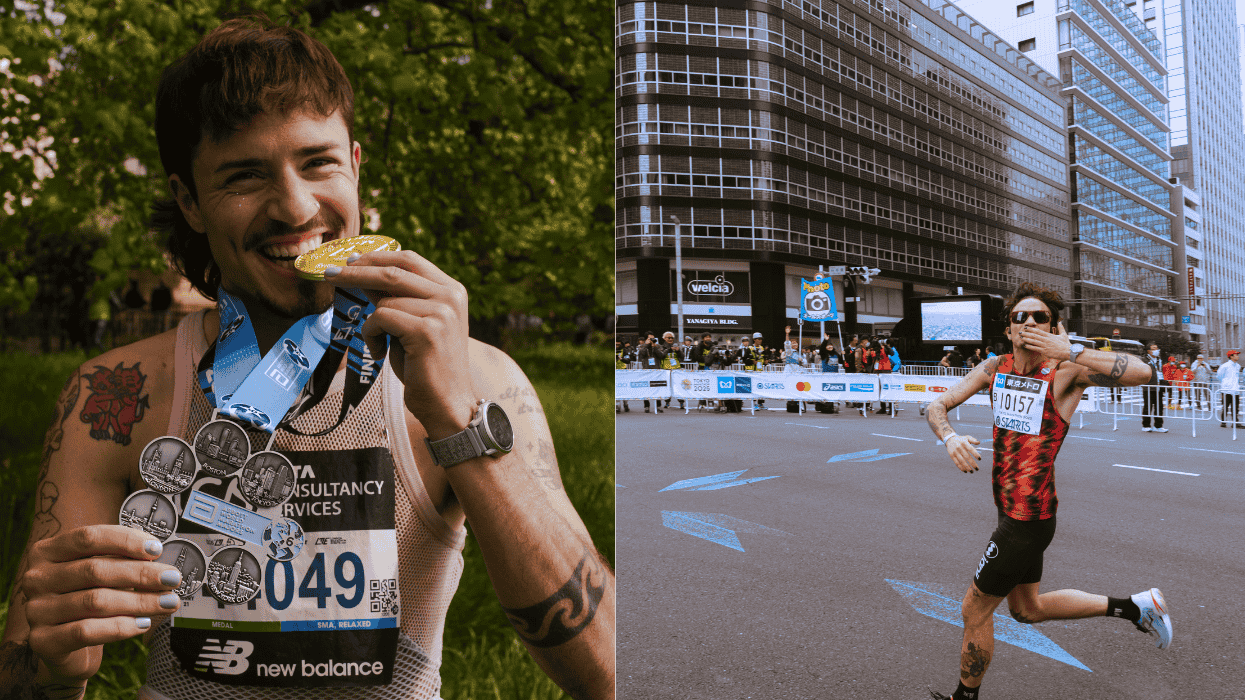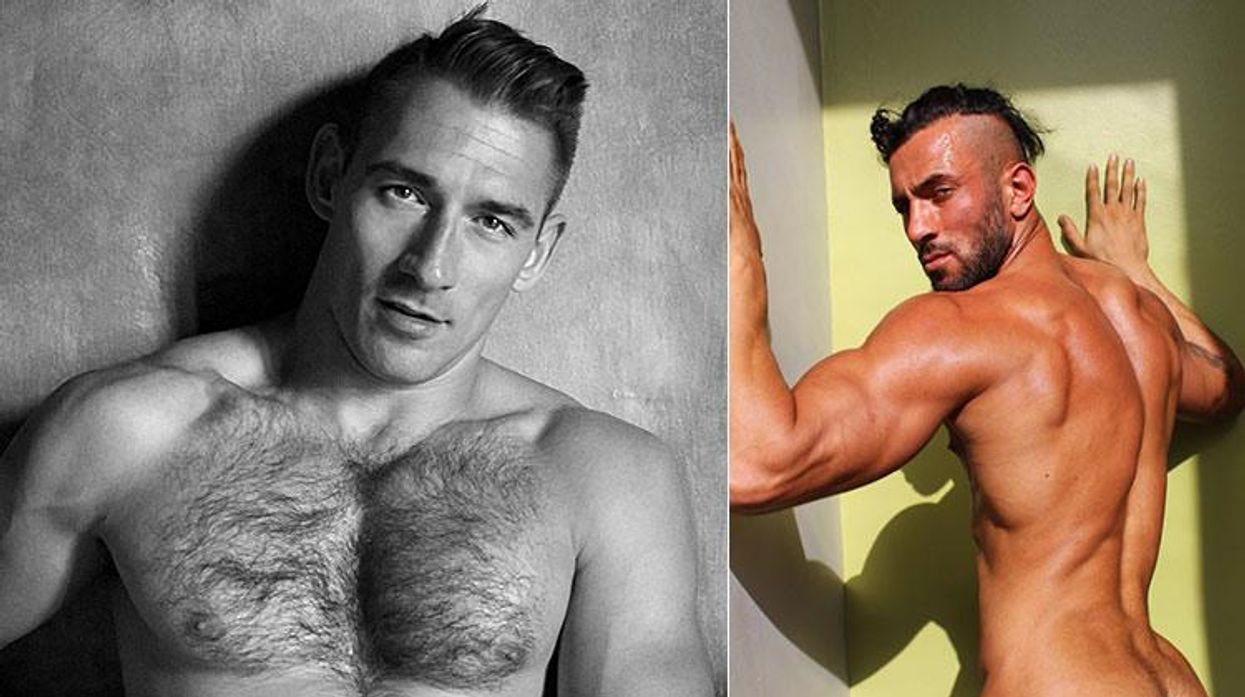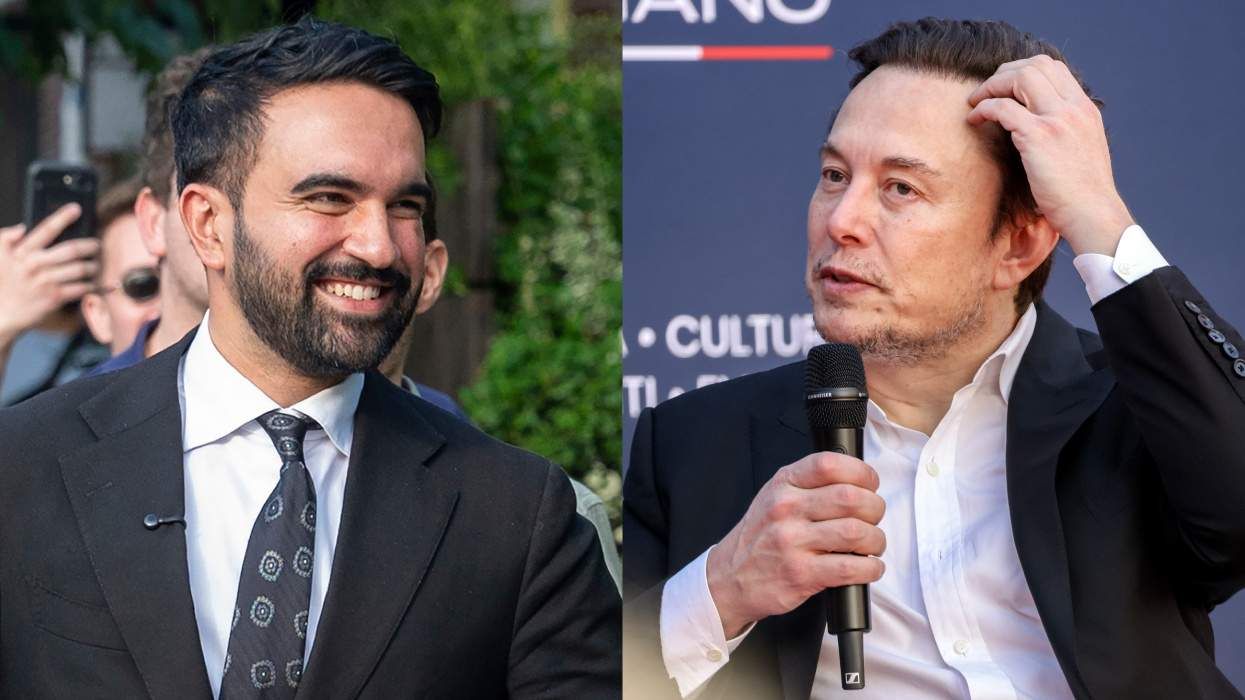Being a queer artist can mean working twice as hard to get even a modicum of the same respect afforded to your peers, but many of us never get that far to begin with, especially if the work you make is considered “too gay.”
After years of long nights and taxing weekends at the studio, my first solo show in Los Angeles finally opened last month, an exhibition of six paintings, 10 photographs, and 10 drawings that runs at Noon Projects in Chinatown until October 21. These pieces represent the best, most radically queer art I’ve ever made — fluorescent paintings depicting nude men frolicking in a three-dimensional garden of desire, with images sourced from vintage gay porn magazines. But the victory is bittersweet because I know how rarely artists who made the kind of work I do get this kind of exposure. For years, I’ve been rejected by gallery owners who say that my art is too sexy, too graphic, and too unapologetically queer to sell — although they don’t use those words exactly. They tell me it’s “niche,” that they aren’t sure they have the “clientele” for it, or my personal favorite: “It doesn’t fit with our programming.”
Queer artists are so often asked to self-censor ourselves before the power brokers and gatekeepers in control of the industry are willing to work with us, to create pieces that take out the sex or feel more palatable to the ideal cisgender, heterosexual customer they hope to reach. Those practices not only dramatically reduce the access that queer painters, photographers, sculptors, textile makers, and other creatives have to the art market but results in work that is less authentic, less bold, and less representative of the beauty and wonder of our community. I love making queer art, and that means being honest about who we are as queer people; we are dynamic, bold, flamboyant, cheeky, yearning to be loved, and horny, sometimes all at once, and denying any of these parts of our experience makes the world — and the art world — more boring.
One of the most ironic aspects of the double standard to which queer artists are held is that the historical canon has included sexually graphic art for centuries, most of which is made by straight, cisgender men painting the nude female form. Some of the earliest depictions of sexualized bodies go back over 11,000 years, dating back from cave drawings of erections to Greek earthenware featuring images of penetrative sex (both heterosexual and queer). To skirt public morality laws regarding nudity, straight male painters often depicted women breastfeeding, and contemporary scholars now believe that the suckling infants in such works are intended to be stand-ins for the artist himself. Many of these pieces were controversial in their time and are still hotly debated today — including Gustave Courbet’s The Origin of the World, which depicts a close-up of a woman’s lower pelvis — but they have had the ability to be an object of discussion because they have institutional backing. Corbet’s masterpiece was acquired in 1995 by the Musée d’Orsay in Paris. Titian’s Venus of Urbino, a 1534 portrait of a young woman reclining as her hand barely covers her privates, has been scandalizing audiences at Italy’s Uffizi Gallery since 1736.
It’s shockingly rare how seldom queer artists get the space to titillate, to push boundaries, and to be as sexual as the straight men who have built the very institutions that tell us we have to be less ourselves to gain entry. Honest depictions of queer lust and sexuality are often met with open hostility and even protest, such as the obscenity trial that followed a 1990 exhibition of Robert Mapplethorpe BDSM photographs placed on display at the Cincinnati Art Museum. In 2007, several large-format photos by Andres Serrano depicting explicit sex acts, including fellatio and fisting, were destroyed at the Kulturen Gallery in Lund, Sweden. The assault was organized by the Nationalist Socialist Front, Sweden’s largest neo-Nazi political party, with vandals shouting, “We don’t support this shit!” as they smashed Serrano’s exhibit. That censorship sometimes comes from within the art world itself: In 2018, prints of male genitalia from pop art pioneer Andy Warhol were positioned on the end caps of walls at the Whitney Museum in New York City; that way tour guides could easily skip them when taking tourists through the space.
So often queer artists tone ourselves down in fear of backlash, whether having your art openly defaced or being given a less prominent position because of others’ biases. This is something I’ve encountered my entire career, and I know so many others who have faced the same challenges. In grad school, I tried making my work less sexually frank, taking out the penises and the naked forms when colleagues asked whether all that coitus was really necessary. “Aren’t they gay enough already?” they seemed to ask of my paintings. I tried capitulating by making what other people wanted me to make, but not having porn in my art didn’t make my paintings better or more interesting. They just resulted in work that I wasn’t as happy with, that no longer represented what I hope to express as a gay man who deeply loves my community. While my paintings are about sex, they are also about joy and communion, finding spaces where we can yearn or be yearned for, where we can be seen in the fullness of who we are. They are odes to generations of men who never had that chance, whether due to societal prejudice or the ongoing AIDS pandemic that claimed their lives.
Marginalized artists of all backgrounds have dealt with these constraints for as long as there has been an art market — from female painters who have been the object of the male gaze but only recently able to claim it for themselves to the widespread tokenization of artists of color. Those who lack institutional power are placed into boxes and then told we aren’t allowed to open them or question why we were shut inside to begin with. Luckily, a handful of spaces are breaking through these limitations by giving queer artists a platform to tell stories about ourselves and our lives that so many of us were informed don’t have a place in the art world — a claim that you almost start to believe if it’s repeated enough times. Institutions ranging from the New Museum in NYC to the Tom of Finland Foundation and ONE Archives in Los Angeles have provided spaces for queer artists to be brash and defiantly visible, to exhibit work that is real and raw and sexy and true.
But the reality is that for every gallery that doesn’t force us to check ourselves at the door, there are dozens who aren’t willing to work with us — or who will, but only under the condition that we play by rules that were never created for us in mind. I’m so grateful to be able to show at a queer space with a queer gallerist who takes chances on the kinds of artists that others might show the door, and all of us as queer creators need those champions to thrive, to know that our perspective is valuable. We can support one another all we like — following each other on Instagram, going to each other’s openings — but that grassroots camaraderie only takes us so far unless those with power and influence are willing to be part of it. Queer artists are making such incredible, life-affirming, paradigm-shifting work, and they deserve the chance to be seen for everything they have to give, not just the parts that make people comfortable.
Christian Rogers was born and raised in Portland, Oregon. He received his BFA from Western Oregon University and his master’s from Hunter College in New York City. Christian has been living and working in Los Angeles since 2017. Views expressed in The Advocate’s opinion articles are those of the writers and do not necessarily represent the views of The Advocate or our parent company, equalpride.


